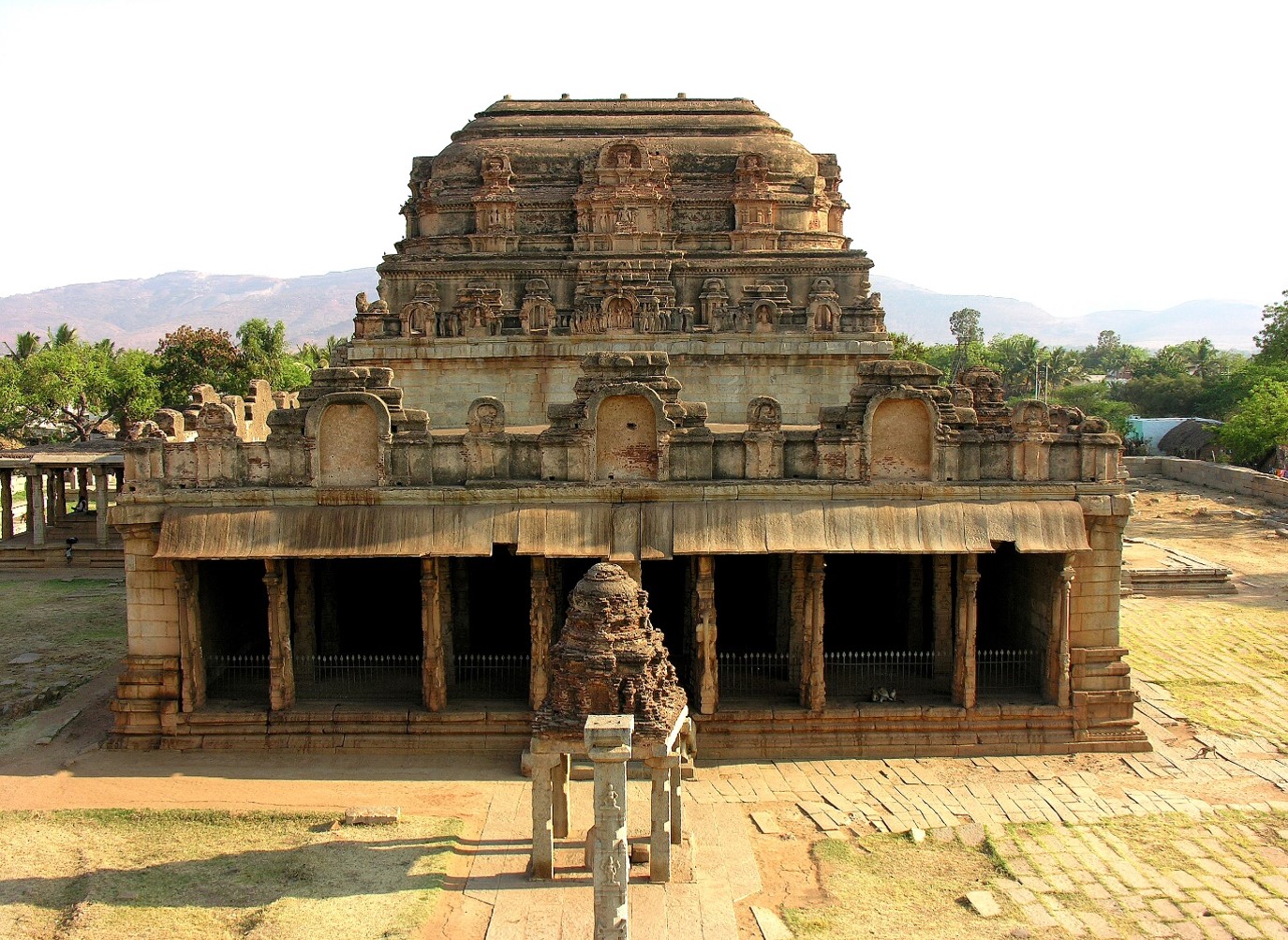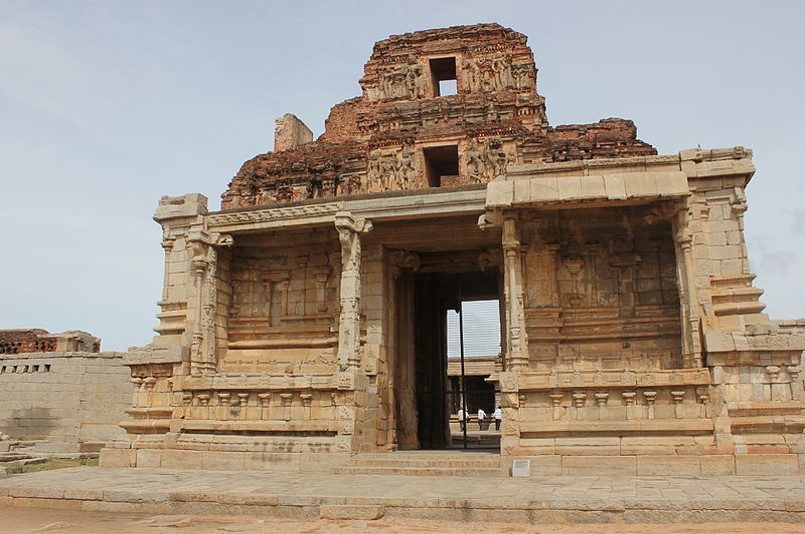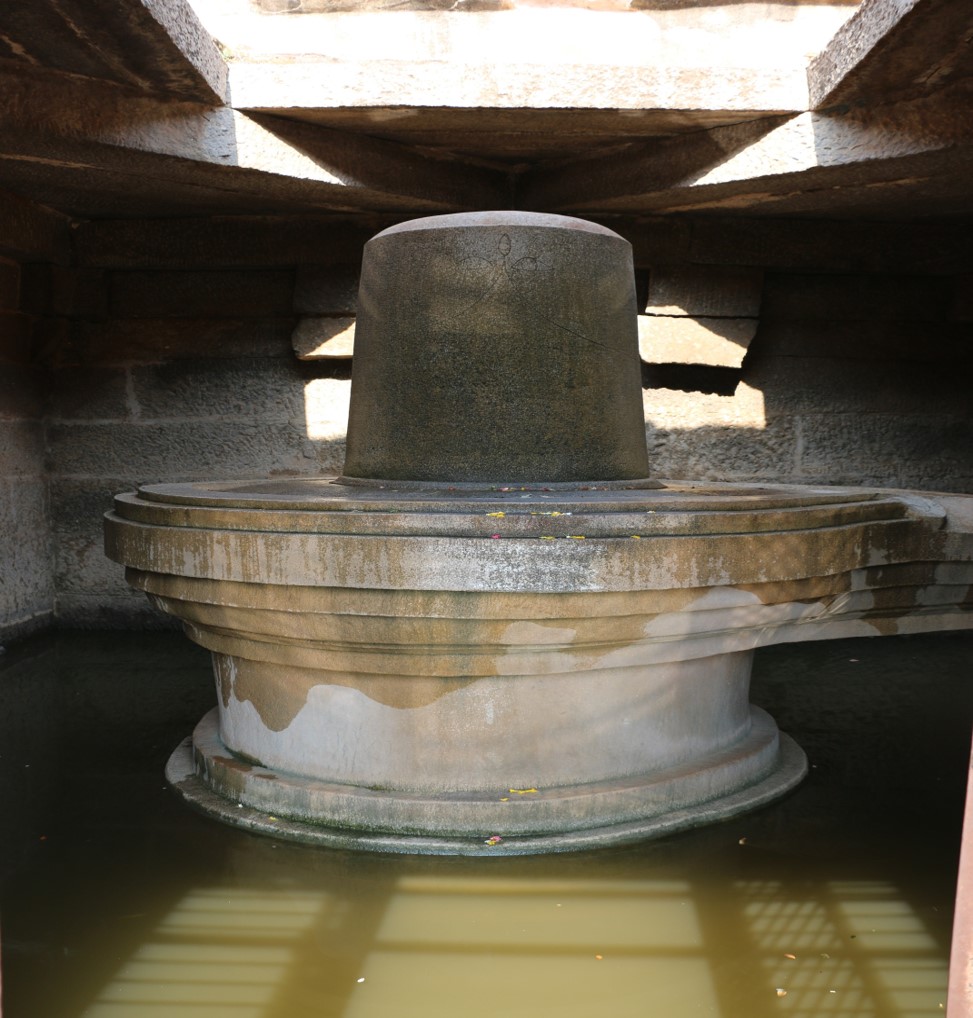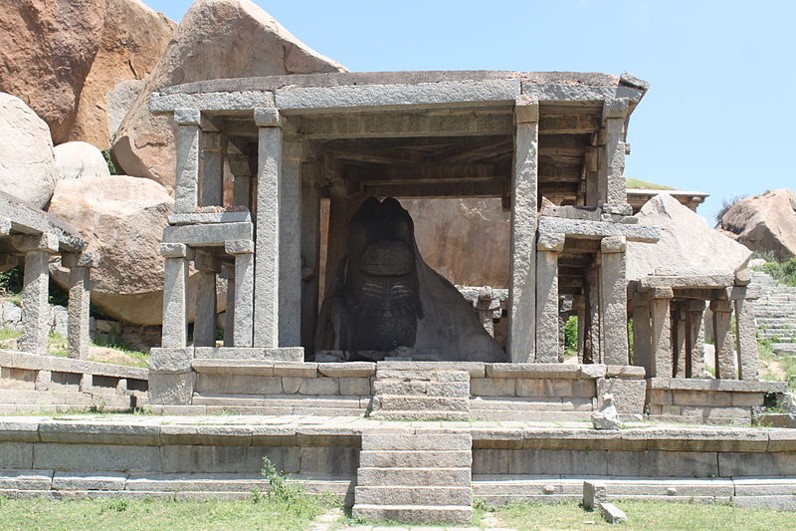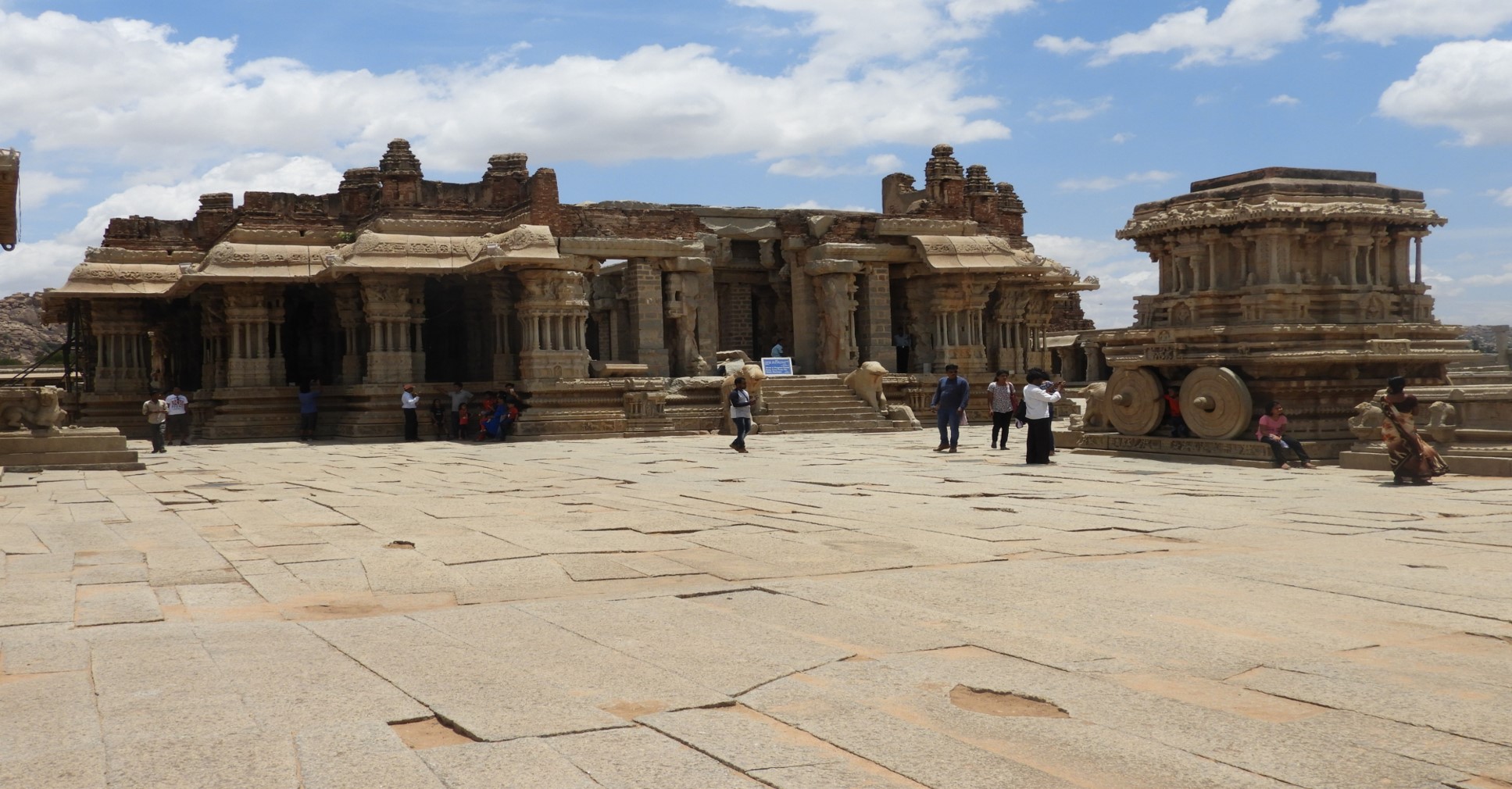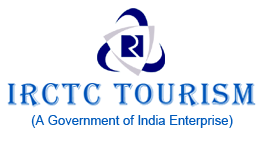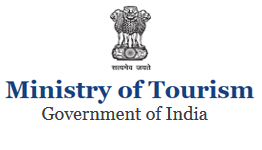Group of Monuments, Hampi, Karnataka
Hampi, known as “Pampakshetra” (Kishkindha), situated on the southern Bank of the river Tungabhadra came to political prominence with the rise of the Vijayanagara Empire. Recent Archaeological research at Hampi and its environs reveal that the place was inhabited by Human race right from the prehistoric times. Epigraphical discoveries have pushed back the history of the region to the 2nd century A.D.
Before the advent of the Vijayanagara rule, Hampi was under the control of the various dynasties like Mauryas, Satavahanas, Chalukyas of Kalyana, Hoyasalas, Chalukyas of Badami, Rastrakutas which ruled over the Karnataka country in succession and evolved rapidly to attain an imperial status as the royal capital of Vijayanagara Empire. The present ruins of the medieval capital city on the banks of the period of the first three dynasties witnessed the resurgence of Hindu Religion, Art Architecture and Literature especially under the Liberal Patronage of Harihara – II (1377-1404 A.D) Proudha Devaraya (1422-1446 A.D) Krishna Devaraya (1509-1529 A.D) and Achyutaraya (1530-1542 A.D) contemporary chroniclers from far off countries such as Italy, Persia, Portugal and Russia, who visited the imperial city, have left graphic and glowing accounts of its great achievements.
The austere, grandiose site of Hampi comprise mainly the remnants of the Capital City of the last great Hindu Kingdom of Vijayanagara (14th – 16th Cent. CE) was inscribed under the UNESCO list in 1986 as Group of Monuments at Hampi. The property encompasses an area of 4188 hectares located in the Tungabhadra basin in the Bellary District of Karnataka.
Hampi Group of monuments mostly of Vijayanagara period and few pre-Vijayanagara period are maintained by the Government of India and also by Government of Karnataka. 58 World Heritage monuments are maintained by Archaeological Survey of India.
